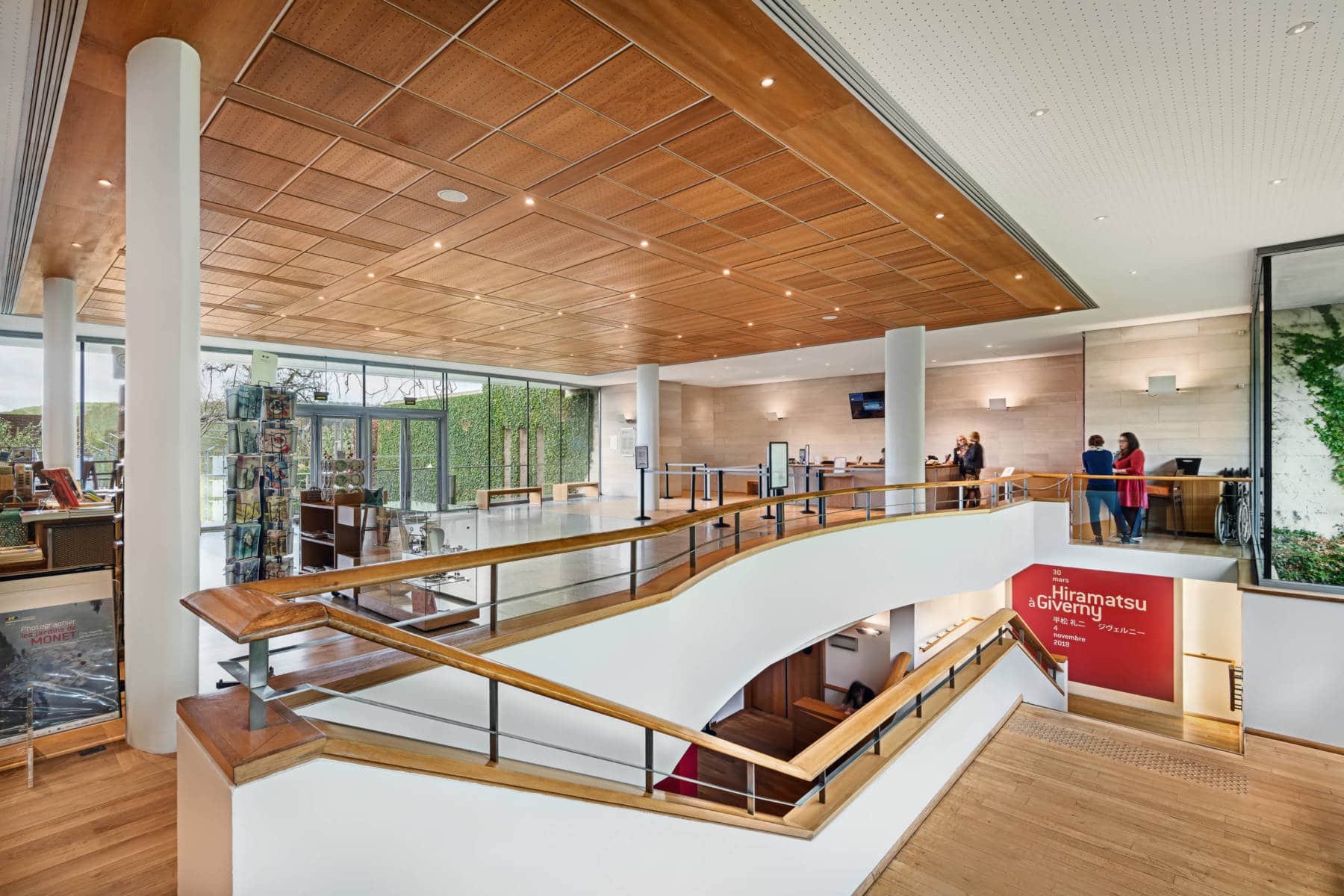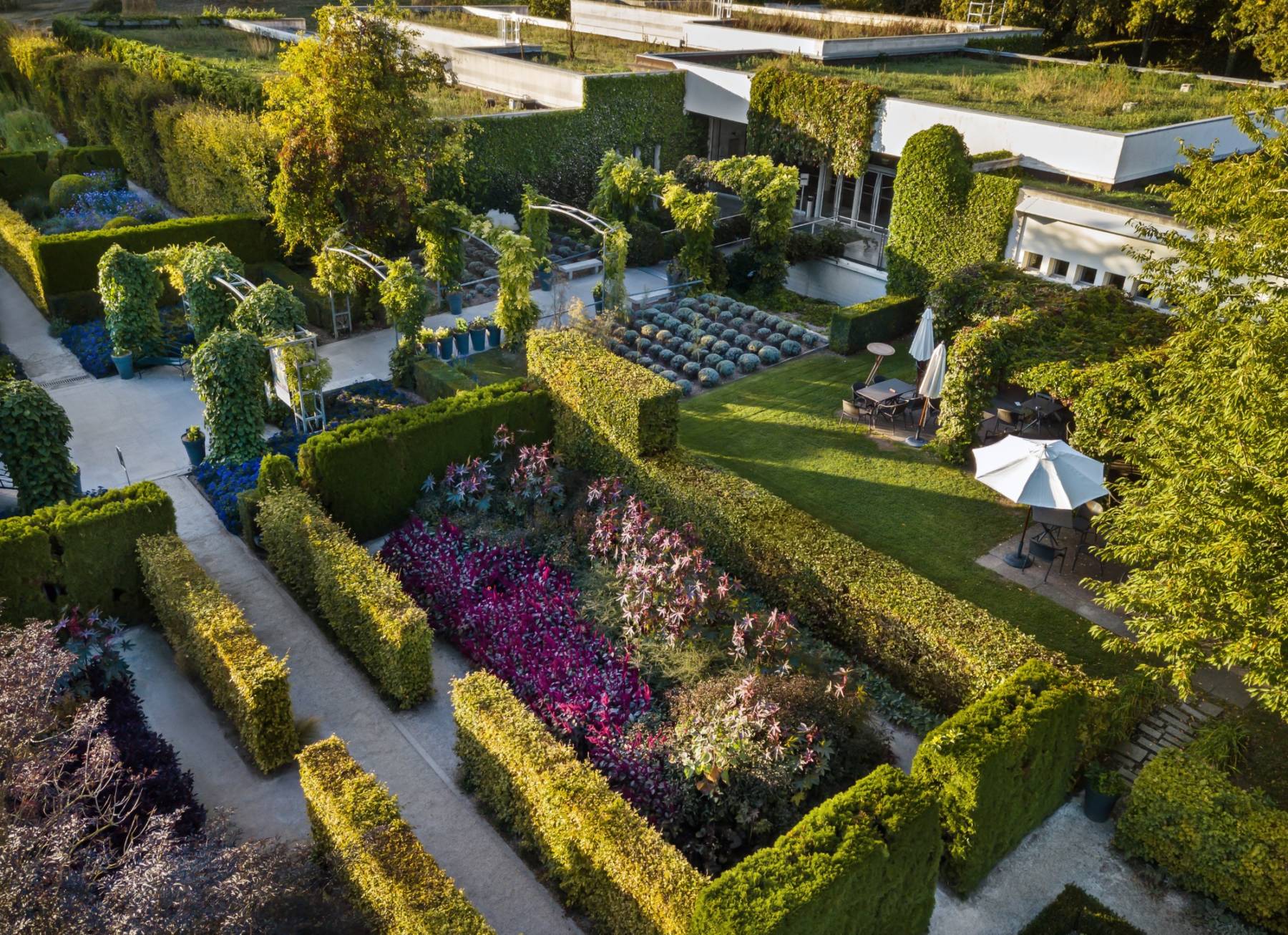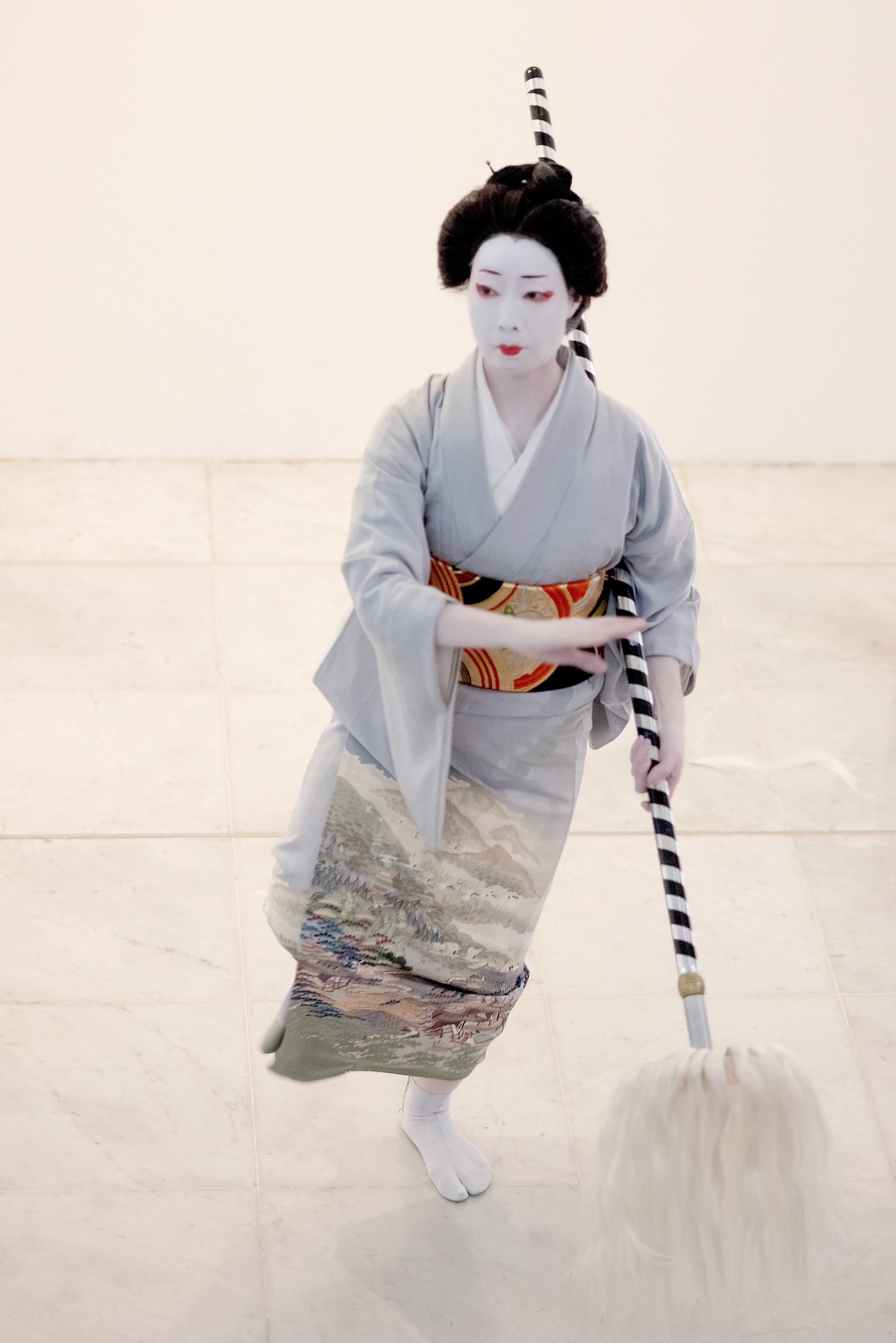Paul Signac
(Paris, 1863 - Paris, 1935)

A Neo-Impressionist painter and experienced sailor, Paul Signac found constant inspiration in the depiction of water and its many colours.
The advent of Neo-Impressionism
It was a visit to Claude Monet‘s first monographic exhibition, in June 1880, which inspired the young Paul Signac to become a painter. He started painting, self-taught, the following year. Around the same time, he began rowing on the Seine, aboard a small boat called Manet-Zola-Wagner. After painting, navigation was his life’s great passion.
In 1884, Signac exhibited at the first Salon des artistes indépendants. There he met Georges Seurat, with whom he shared a deep admiration for Eugène Delacroix and an interest in scientific works dealing with the perception of colours. They initiated a new style of painting based on the division of tones, which would soon be called Neo-Impressionism.
Through Armand Guillaumin, Signac meets Camille Pissarro, who arranged for him and Seurat to take part in the eighth and last exhibition of the Impressionist group, in 1886. The death of Seurat, at only 31 years old, in 1891, left Signac the sole leader of Neo-Impressionism.
Saint-Tropez: from light to colour
In 1892, Signac discovered Saint-Tropez where he rented and then bought a villa, La Hune. He used the division of tones more freely. His touch widened and his works became more and more colourful. He began to write his diary. It was the start of a theoretical reflection on Neo-Impressionism which culminated in the publication of a treaty in 1899: From Eugène Delacroix to Neo-Impressionism.
President of the Société des Artistes Indépendants, Signac was one of the major figures on the artistic scene and welcomed at La Hune young painters who were, like him, passionate about the expression of colour: Henri Matisse, Henri Manguin, Albert Marquet, Charles Camoin…
The constraints of their technique led the Neo-Impressionists to return to studio work. Signac prepared his paintings with drawings, studies painted on the motif and preparatory sketches in Chinese ink which constitute an important part of his work. In Saint-Tropez, he began to favour watercolour, a technique that allowed him to work with colour outdoors. During his numerous voyages, which lead him to the ports of France, to Venice, to Rotterdam, to Istanbul, he noted his impressions in watercolour notebooks. From 1910, watercolour definitely took precedence over his oil-painted production.
The museum
About us
See more

The museum
The garden
See more


